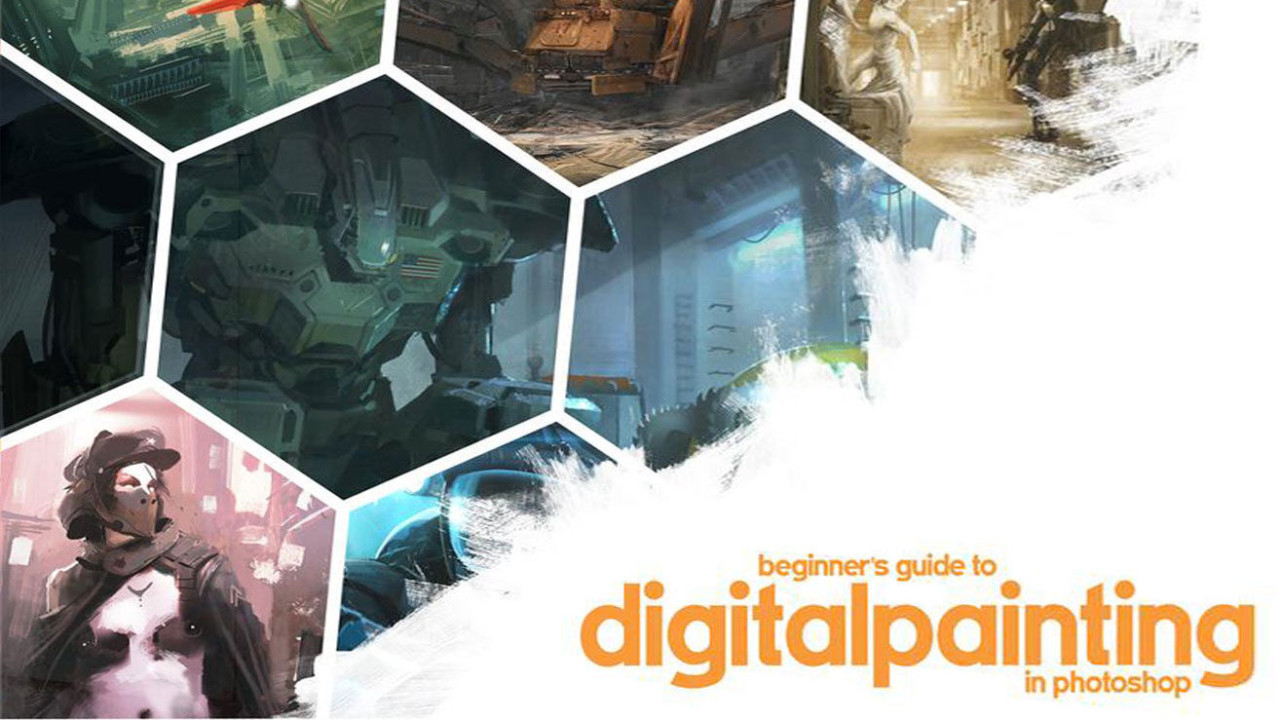
The next entry to Reading section’s series dedicated to creating digital art is a comprehensive guide to the basics of digital painting in Photoshop.

I can’t believe that digitalEPIGRAPHY has already been around for a little over a year! Thinking back on the past 12 months, there are two conflicting feelings that come to mind...
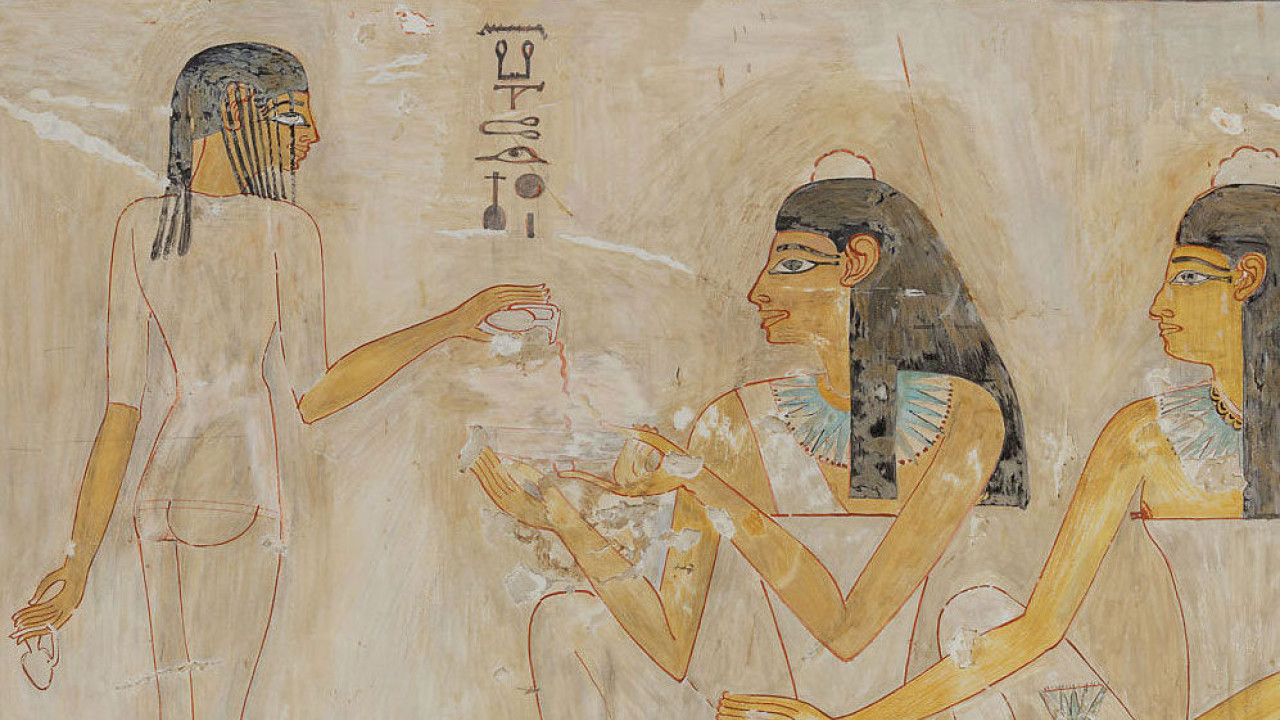
Nina and Norman de Garis Davies were two of the most influential artists/epigraphers devoted to recording Egyptian wall paintings in the first half of the Twentieth century.
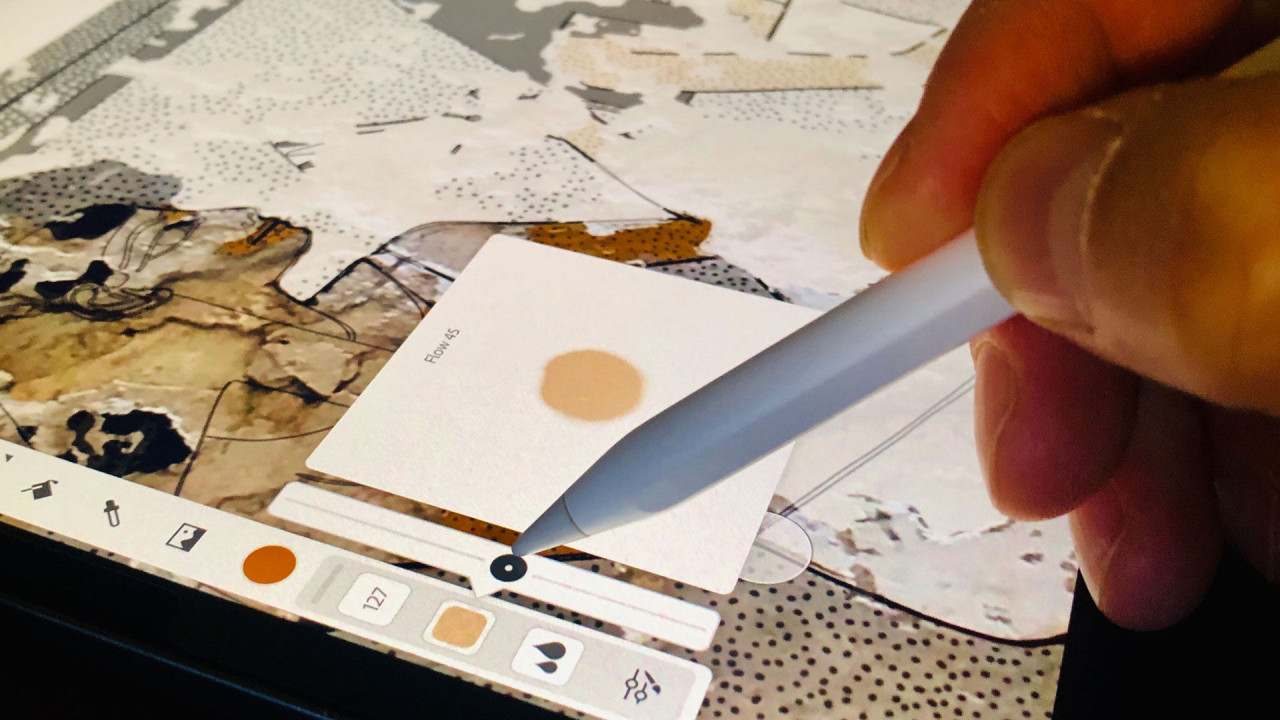
Fresco, Adobe’s next generation drawing and painting tool, recently launched on iPad, promising a creative experience with unprecedented level of faithfulness to traditional oil and watercolor paints.
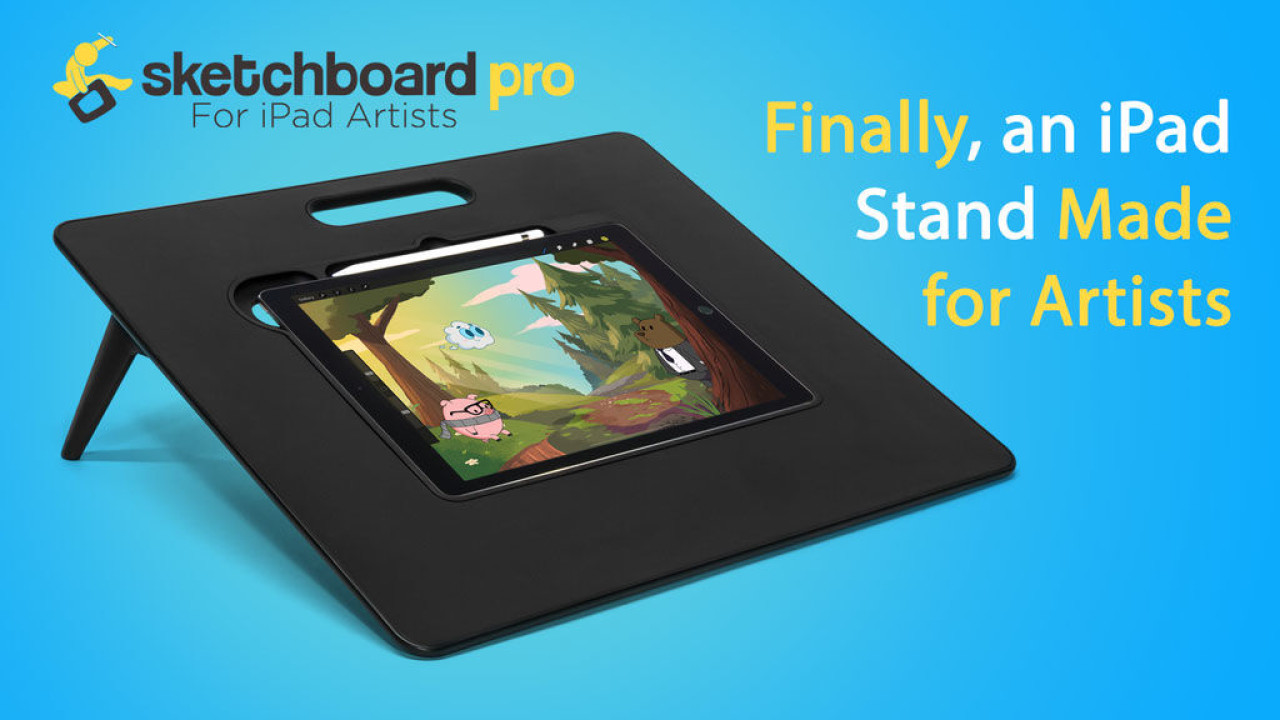
Either drawing in the field at the monuments or inking in the studio, creating steady lines and smooth curves requires a large drawing surface with lots of elbow room.
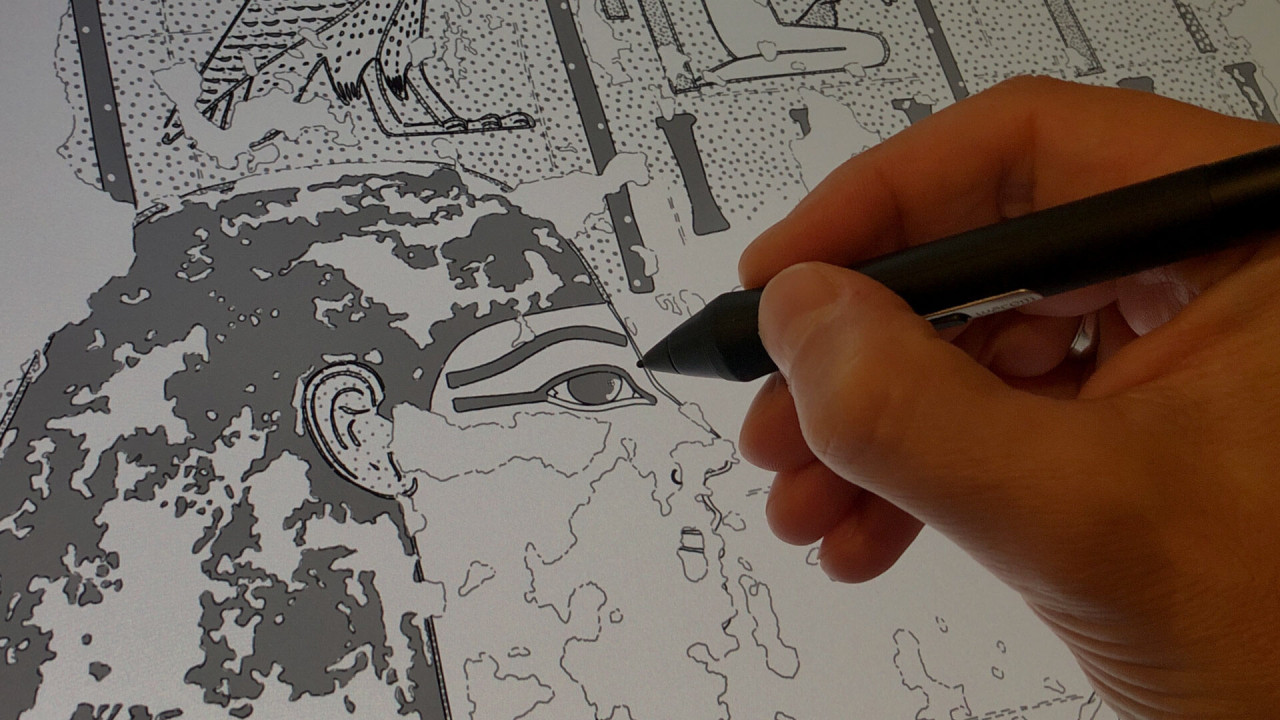
When we look at ancient Egyptian monuments, color is to be found everywhere. Documenting either tombs, temples or the smallest painted graffito, we must provide a reasonable solution for recording the painted remains of the surface.
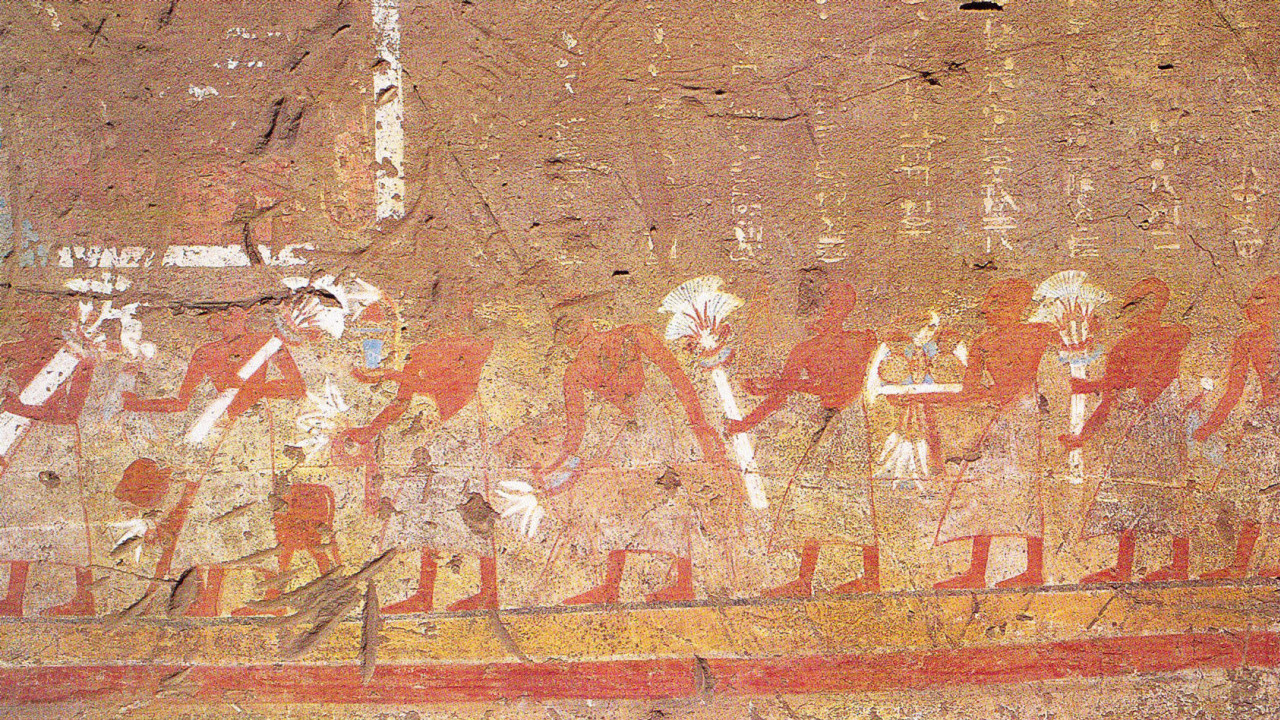
First discovered in the 19th century, the tomb of Pay and Raia was excavated and recorded by the joint EES/National Museum of Antiquities, Leiden, expedition between 1994 and 1998.
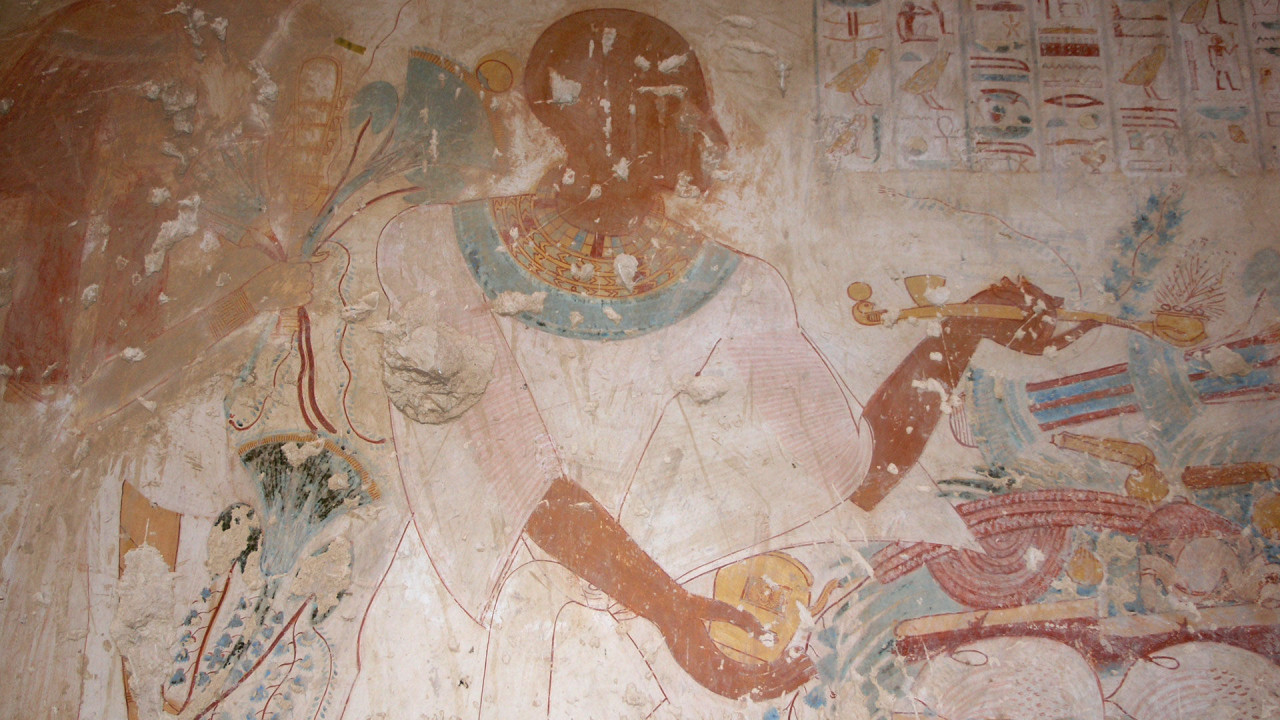
To appreciate some of the attributes digitalEPIGRAPHY represents at its core, we would like to introduce a one of a kind epigraphic project focusing on the facsimile representation of the wall paintings in TT 65.
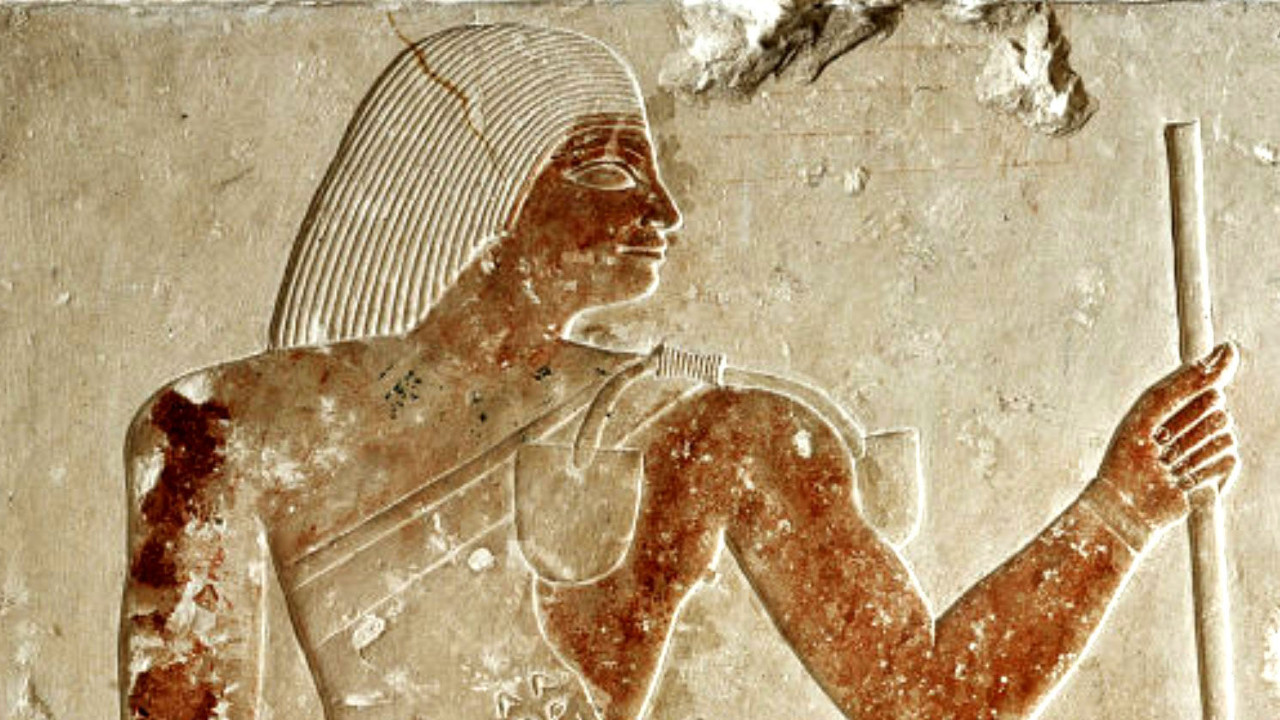
This richly illustrated work by Regina Hölzl is dedicated to the mastaba of the royal official Kaninisut: its discovery, the purchase of the tomb’s cult chamber for the museum where it is to be visited today, and its relief decoration.
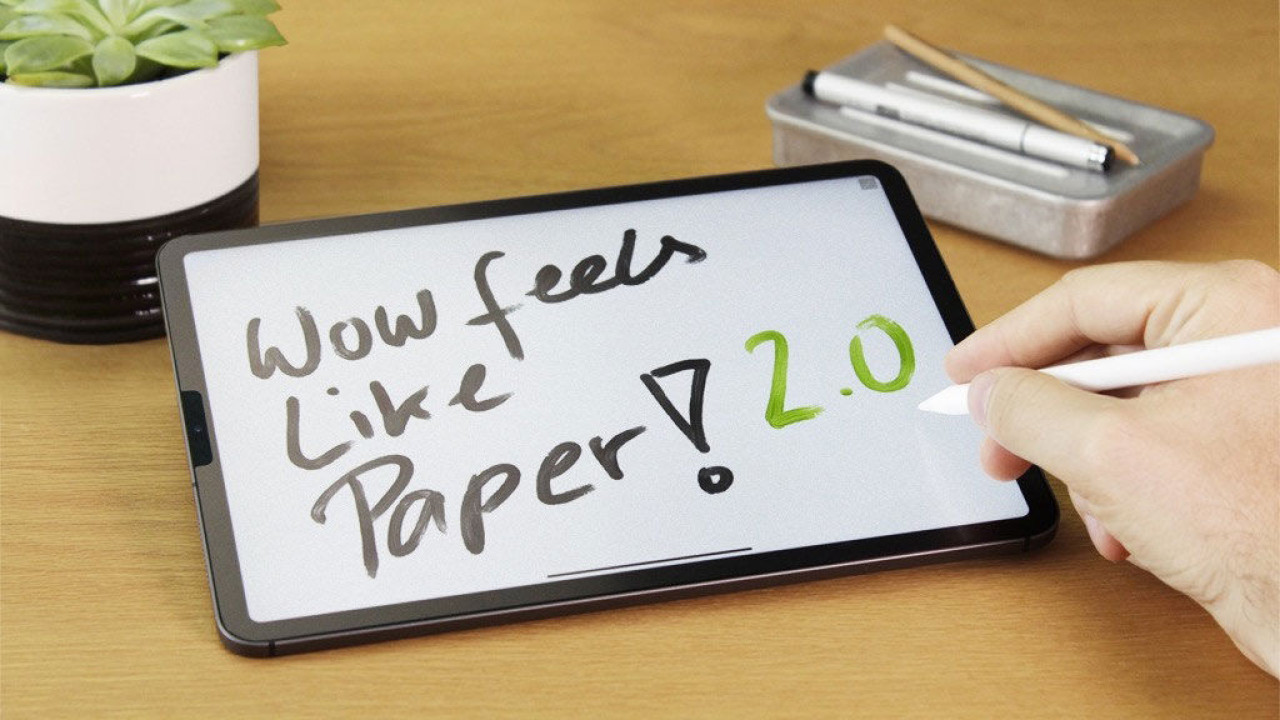
As much as we like drawing on our iPad, its slippery glass surface has always been a major disadvantage, especially in comparison with Wacom’s etched glass Cintiq drawing displays.
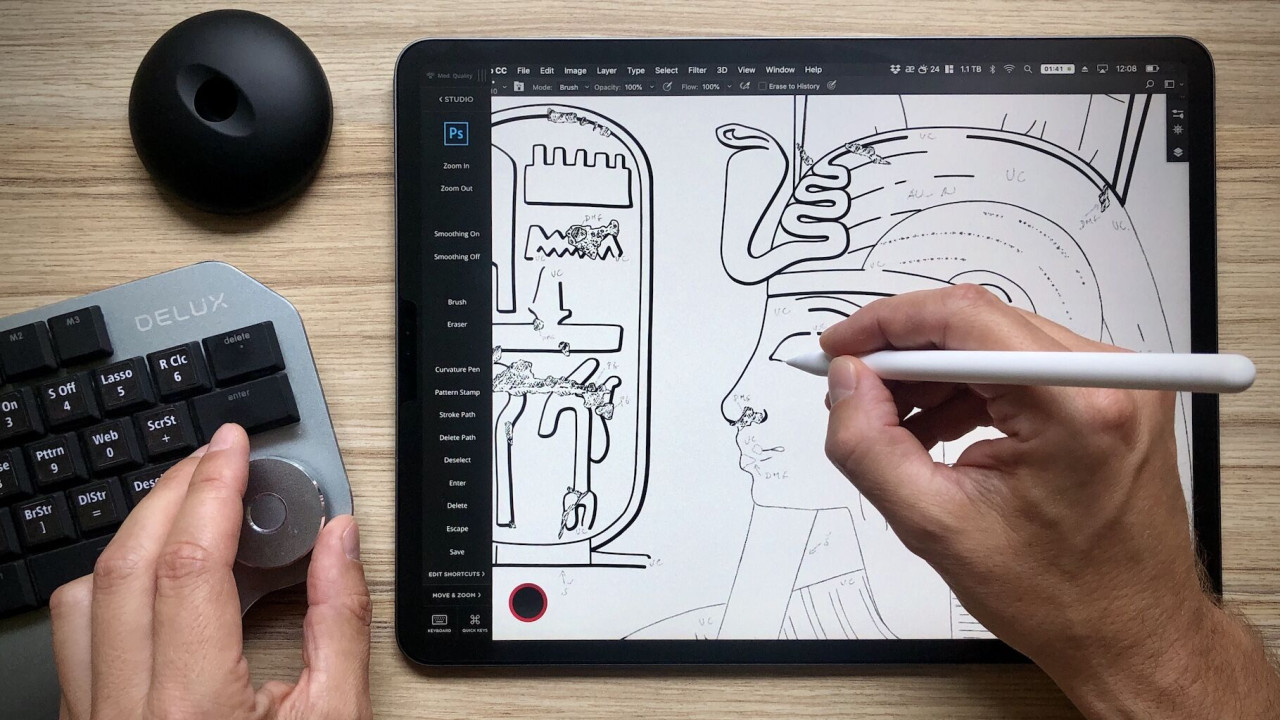
In the following article, we shall continue exploring new ways of enhancing our traditional documentation techniques in a meaningful way, this time mostly concentrating on the artist’s work in the studio.
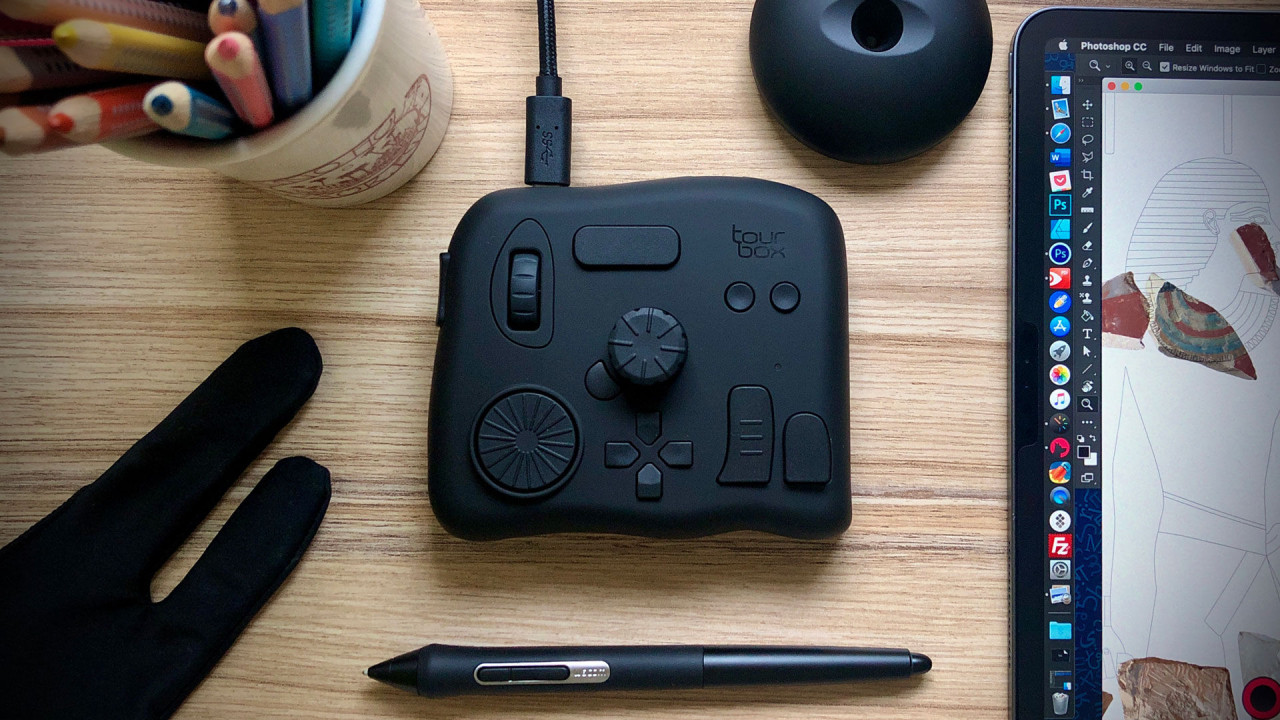
Clicking our way through the many options/tools used in the studio can be rather cumbersome, especially without knowing the right shortcuts and finding an optimal way to execute these commands.
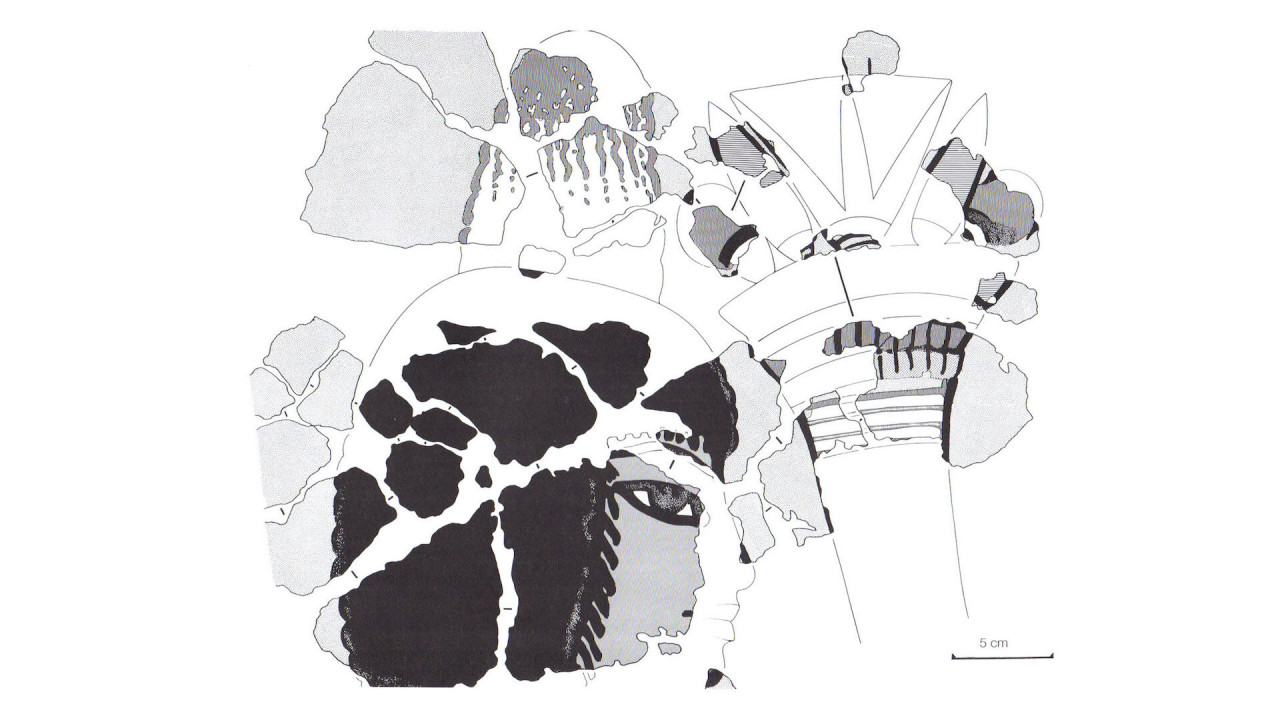
In the 1980s, the Egypt Exploration Society's expedition to Amarna discovered a well-preserved private chapel at the Workmen's Village and the largest that had been built there.
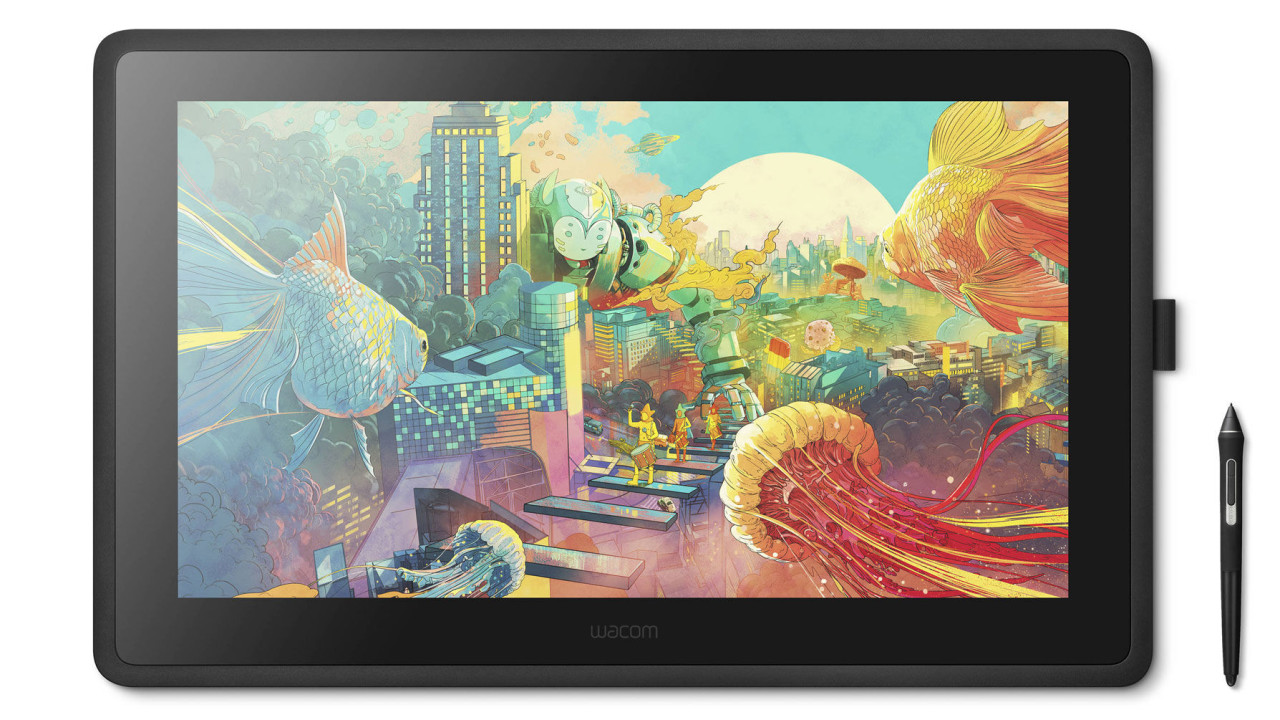
After launching the $649 Cintiq 16 earlier this year, Wacom just announced a larger version of its entry-level tablet called Wacom Cintiq 22 aimed for creatives on a budget.
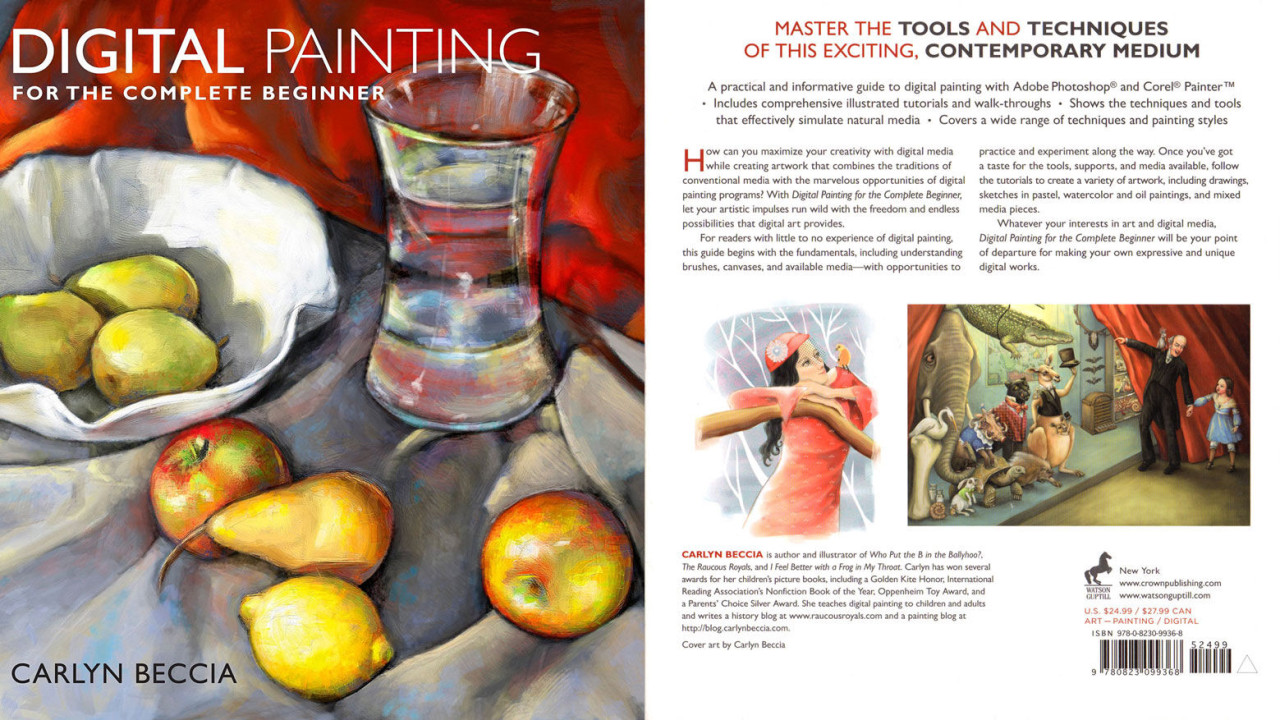
Back in Spring, we introduced a new series, which would include some of our favorite books regarding the techniques and methods used in creating digital art. Our next entry is Carlyn Beccia’s manual, a practical guide to digital painting with...
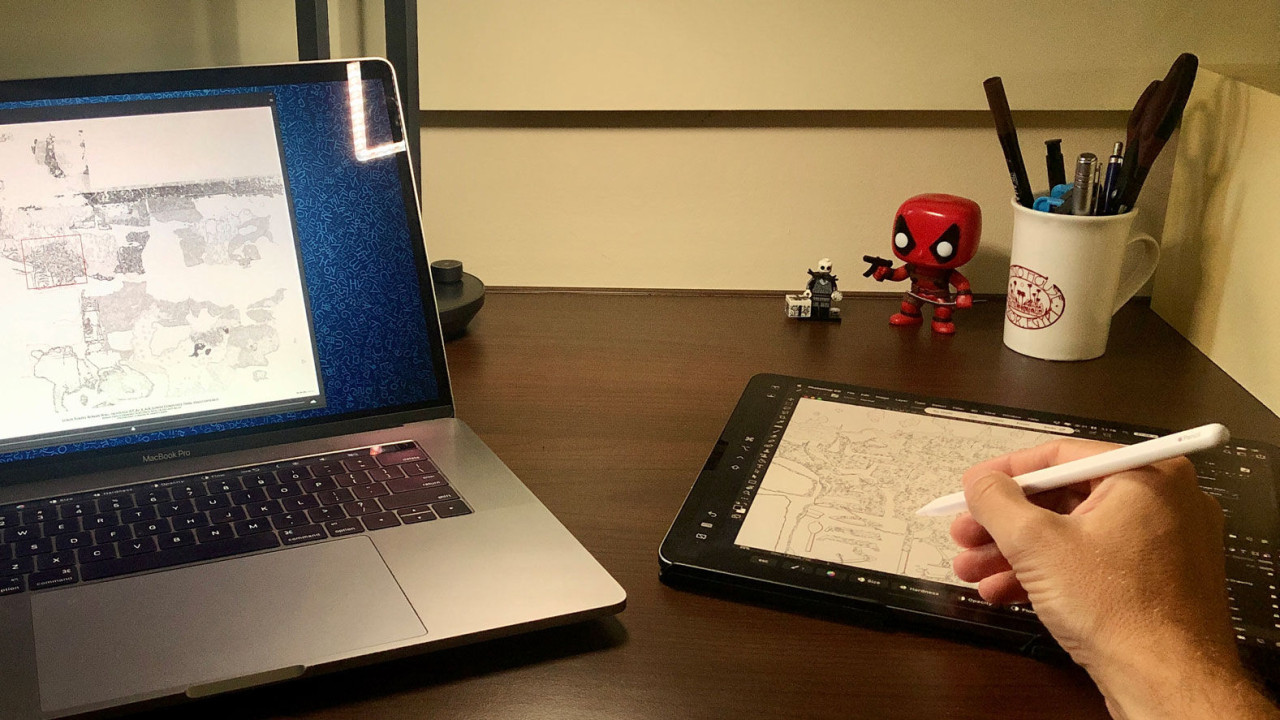
With the public betas of both macOS Catalina and iPadOS finally available for testing, digitalEPIGRAPHY went ahead and tried out Sidecar, Apple's intriguing new feature, to see if it’s ready to take on our beloved Astropad Studio.
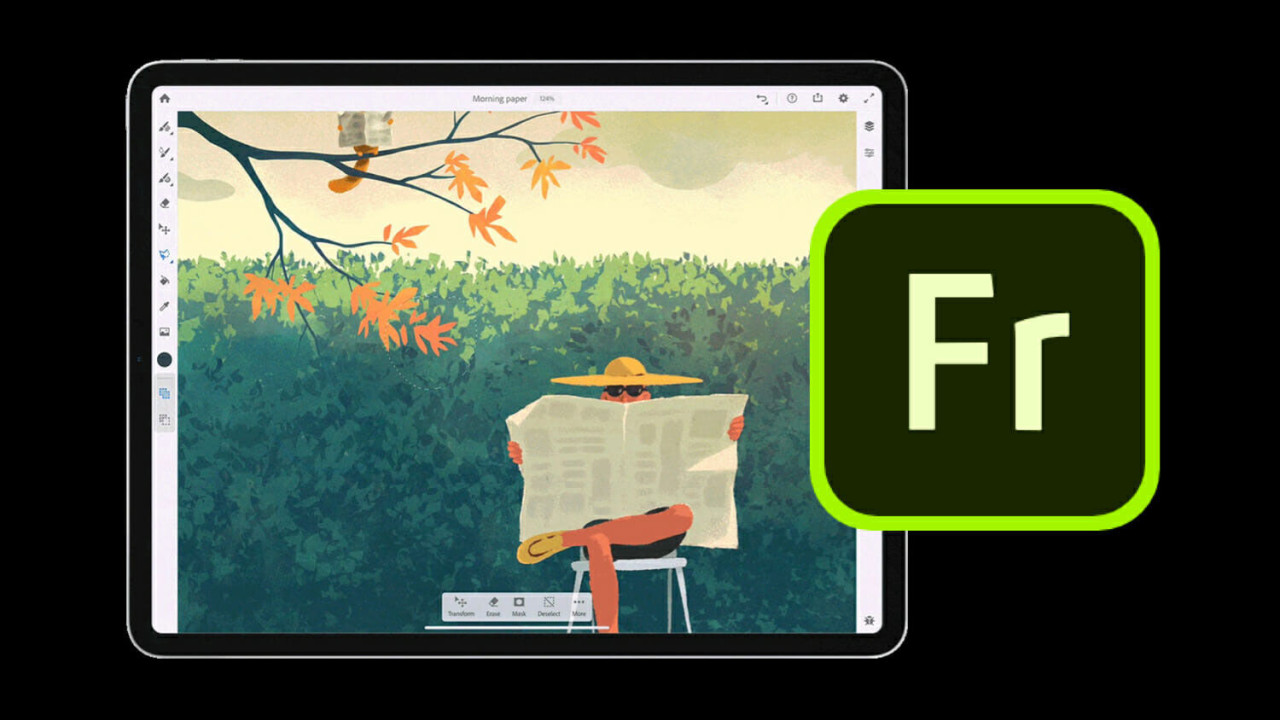
Photoshop CC isn’t going to be the only attraction coming to the iPad this year. Being developed under the code name “Project Gemini”, Adobe’s other upcoming creative app has a proper release title – Adobe Fresco.
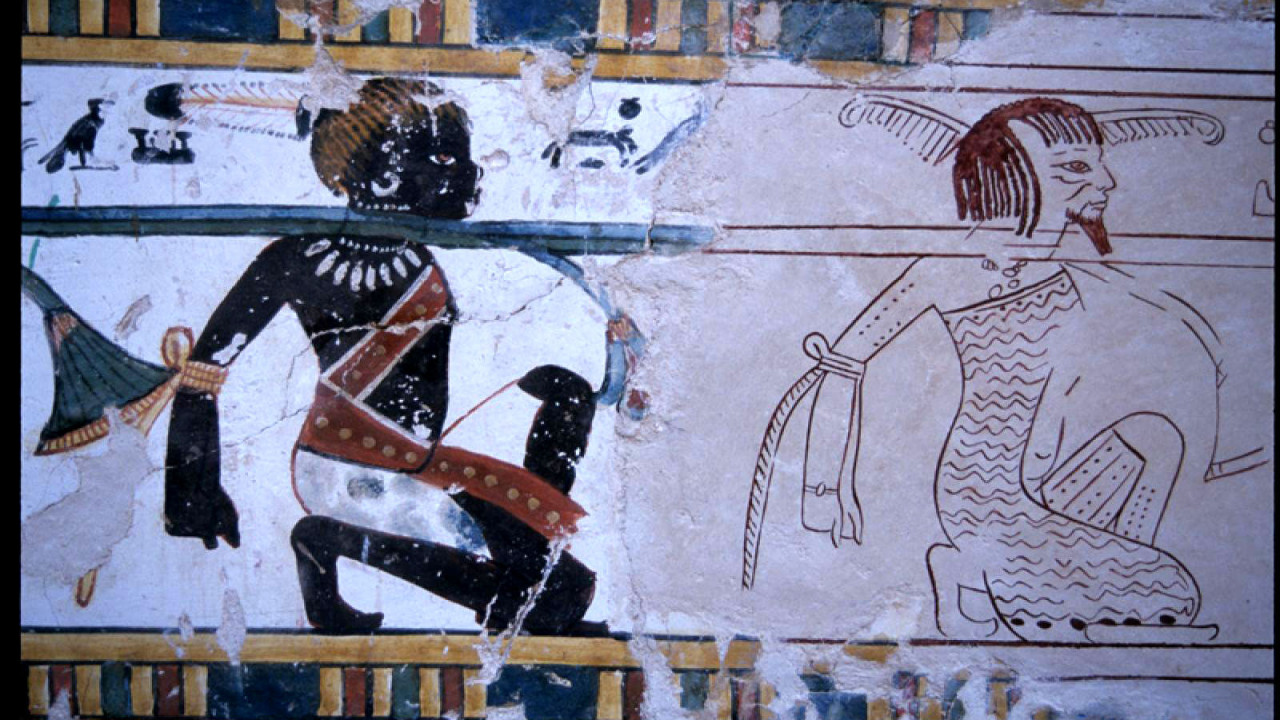
In 1995, the Royal Ontario Museum initiated its Theban Tomb Project with Lyla Pinch-Brock and ROM Assistant Curator Roberta Shaw as co-directors recreating the facsimile technique used by Nina de Garis Davis.
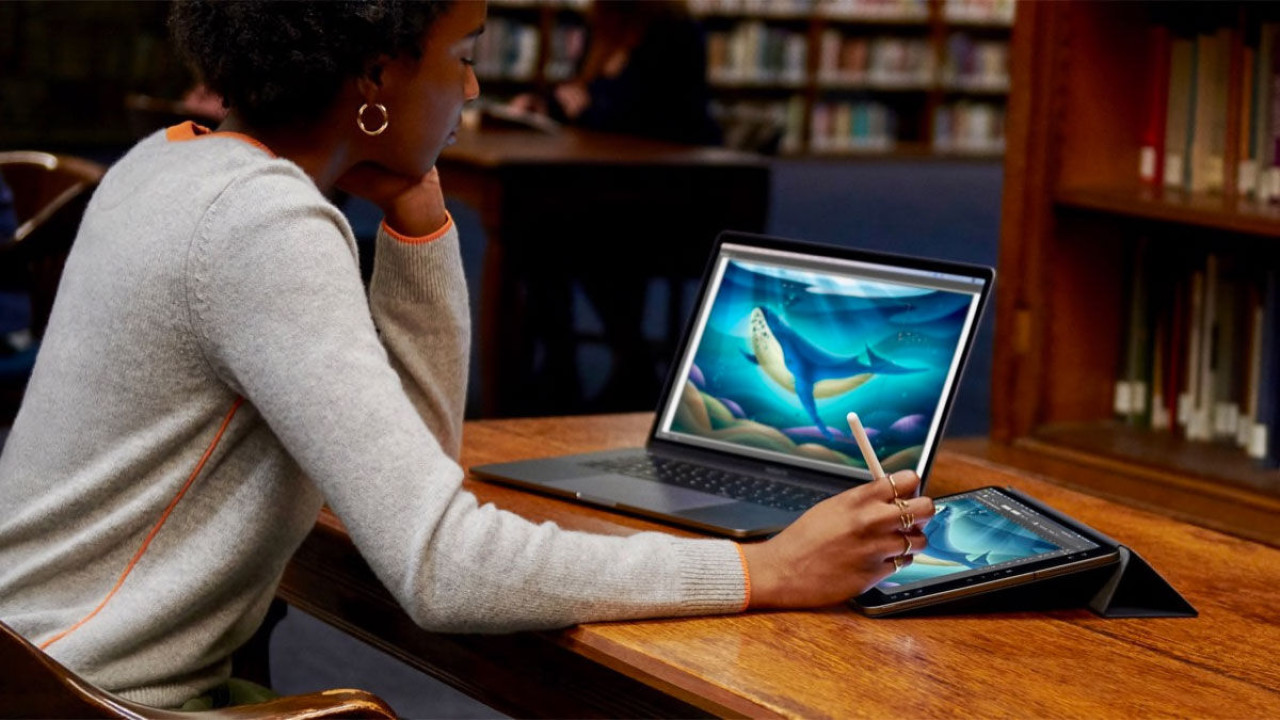
A new feature in macOS Catalina, called Sidecar, will let an iPad act as a second display for the Mac. The Mac can be paired with iPads wired or wirelessly, and will have Apple Pencil support when using the new feature.
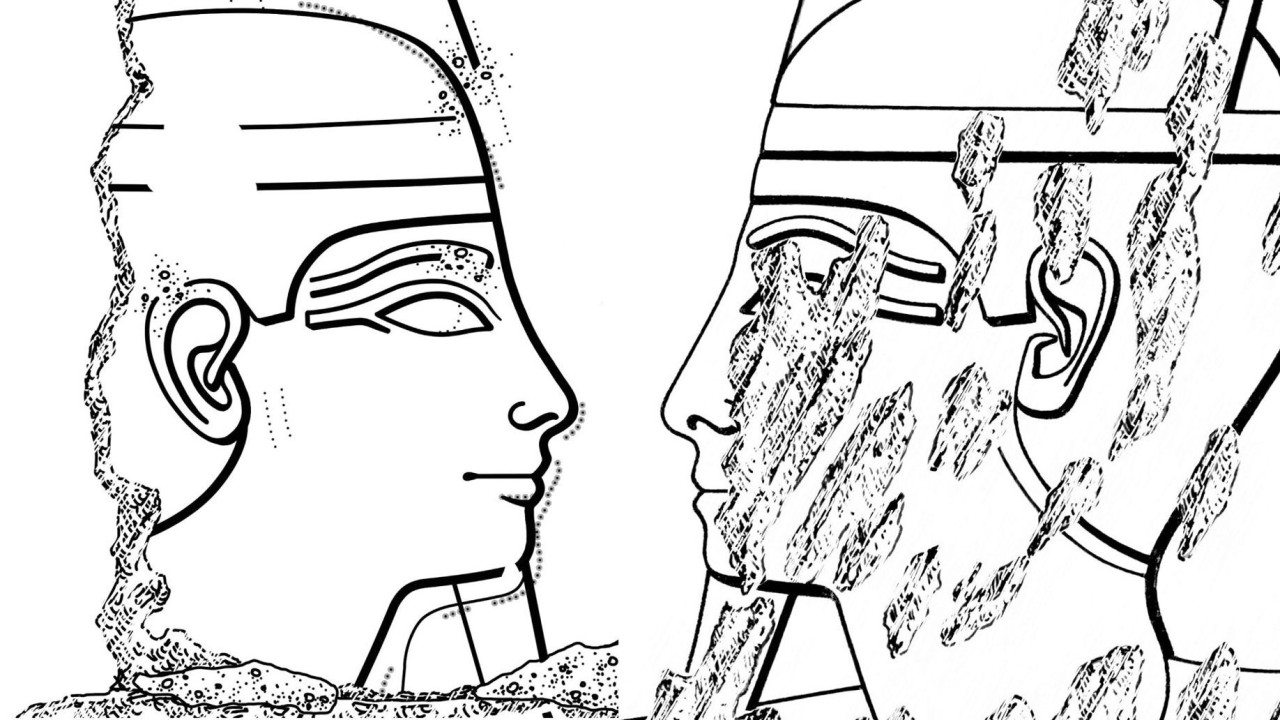
In this new series of tutorials, digitalEPIGRAPHY would like to draw your attention to the importance of stylistic accuracy in epigraphic documentation by focusing on the representation of a common feature, the human ear.